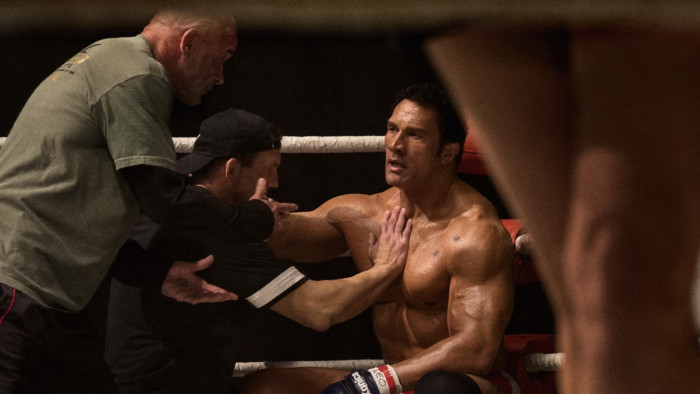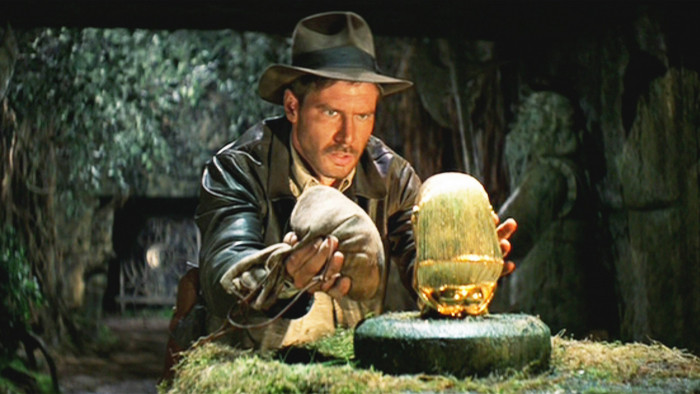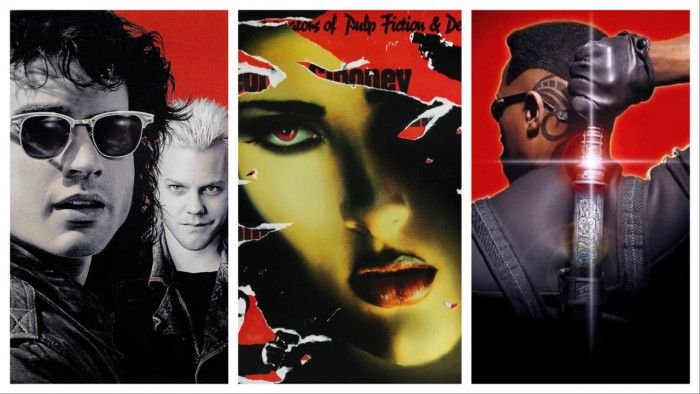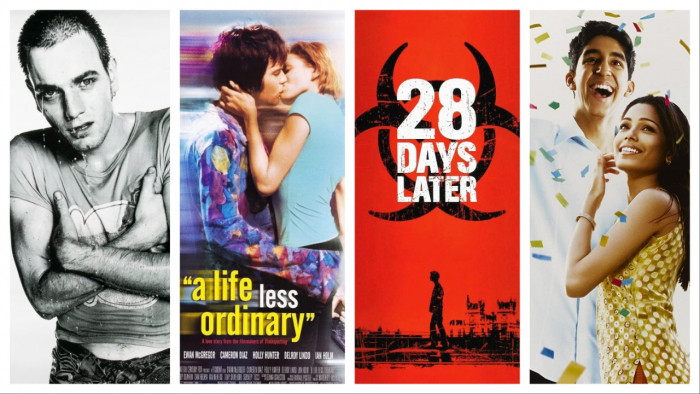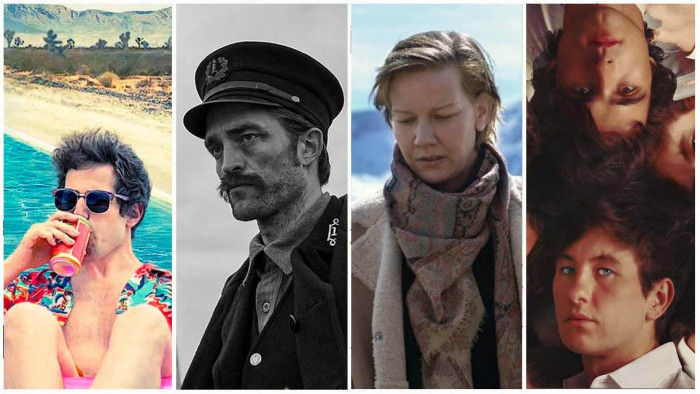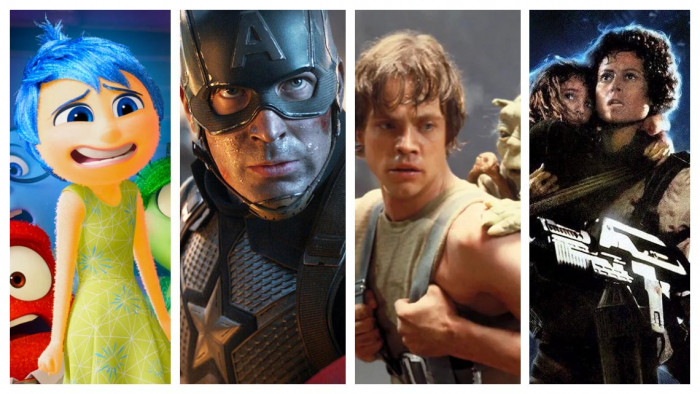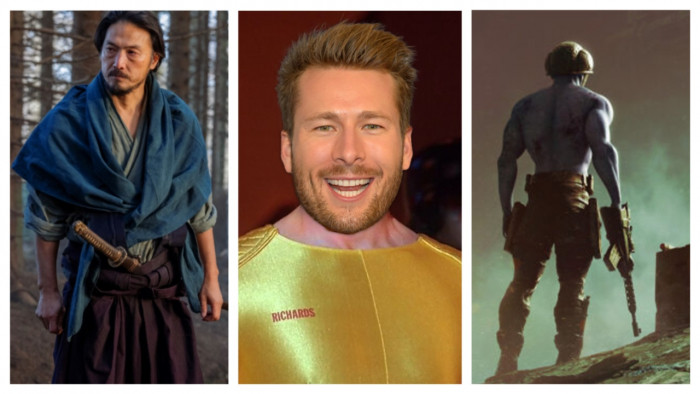Thirty years after the release of Scarface, Ben Isaacs goes to Miami; a city built on the coke-dusted dollars of real-life Tony Montanas
‘‘I’ll bet you that’s a drug dealer’s house,”’says Frank, a local driver who is showing me Scarface’s Miami: shooting locations, neighbourhoods that inspired the story and places the cocaine wars changed forever. We are now cruising through the sort of area no tourist would knowingly find themselves in. There are no white picket fences here, just the unfriendly chain-link metal kind. But one home stands out because its drive and garden has three Mercedes-Benz S Class saloons out front. I can’t see the licence plates, but I imagine they read PULMEOVR, IDEALDRGS or TNYMNTNA2.
Frank has seen the city change a lot since Scarface opened 30 years ago, and today he’s my guide to the true stories behind the screen legend. The son of Colombian immigrants, Frank, like a lot of young Hispanic men in the US, was entranced by the film. “It was my mom who took me,” he laughs. “Can you believe that? She said I had to see it. All my friends loved it and soon everyone wanted to be Tony Montana.”
Good job opportunities for Cubans, Colombians and other Hispanic groups in South Florida were almost non-existent at the time. Meanwhile, the region was the epicentre of the US cocaine business due to its proximity to the producing nations. The question wasn’t ‘Why would you sell drugs?’, but ‘Why wouldn’t you?’ When life gives you lemons, make lemonade. When life gives you a pipeline to cheap cocaine, make an empire. “A lot of people in my neighbourhood – Colombian, Cuban, whatever – were able to make a lot of money very quickly, despite not even going to school. It made everyone believe they could get rich and be a big deal around town.”
Made in America
As the Seventies turned into the Eighties, South Florida’s cocaine wars became a national issue. It caught the attention of producer Martin Bregman, writer Oliver Stone and director Brian De Palma, who decided that if they made a modern day version of Howard Hawks’ Chicago-set Prohibition classic Scarface, it would need to be relocated to its modern equivalent: cocaine-fuelled Miami. Stone, saying he “didn’t care for” the original 1932 version, spent time in Miami and Latin America to get inside the minds of those who worked in the drug trade and the cops trying to bring it under control. The police were happy to work with Stone, because they saw Scarface as having an anti-drug message, but when the time came to hammer out the screenplay he did so in Paris to avoid narcotics, which were threatening to take over his life. He got clean in France and wrote what he described as his “farewell to cocaine”.
When filming began there was immediate resistance from the local Cuban immigrant population. De Palma claimed Cubans ran them out of town, but Havana-born Steven Bauer, who played Tony’s sidekick Manny Ray, remembers it differently. “It was basically one guy,” he tells ShortList.
“A local politician wrote an editorial and based it all on hearsay about the film, saying that Hollywood would exploit the Mariel boatlift and celebrate the criminal element. He said: ‘We should not let them make this film.’”
No one felt this pressure as keenly as Bauer. “There was suspicion from my community that overshadowed their excitement over a Cuban starring alongside Al Pacino in a major motion picture. People would say, ‘What are you doing? The world will only think of us as criminals.’ I wanted them to know it wasn’t about Cuban culture – it was about two individuals.”
Cuban crimewave
Bauer’s family fled Fidel Castro’s Cuba in 1960, when Bauer was three, for Miami – a haven for Hispanics, partly because it was one of the only places in the US you could get by without speaking English. Bauer’s arrival in the US was nothing like the influx the region saw in 1980, dubbed “the Cuban crimewave” in the film by Elvira (Michelle Pfeiffer in her first big-screen hit). The real Mariel boatlift, seen at the start of Scarface bringing Tony and Manny to Miami, saw nearly 125,000 Cubans sent by Castro to Florida in just five months.
A large proportion (the percentage is disputed) were those considered as ‘undesirables’: prostitutes, the mentally ill, the homeless and – crucially – those in jail. Castro himself said: “I have flushed the toilets of Cuba.” The Miami crime rate soared and, working with Colombians, many Marielitos helped Miami become the US cocaine capital.
But although this made the city the obvious shooting location for the film, the politician’s campaign proved successful. The film was moved to LA, with some scenes on location in New York, and much of the shooting was completed before a deal could be worked out back in Miami. Eventually one was, which meant an iconic scene could be filmed in one of Miami’s most famous areas: the chainsaw murder and Tony shooting Hector in South Beach. “As you can see from that scene in the movie, that area was full of retirees’ hotels back then,” says Bauer.
“The city hadn’t always been glamorous, it was previously quiet. When the cocaine era started, suddenly there were big discos and people came from all over the world to enjoy that, not just the beaches. Now it’s a party town.”
As Frank and I drive past the art deco buildings of Ocean Drive, we try to recreate the movements of Montana and his crew. The interiors of the chainsaw scene were shot on an LA soundstage, but the blood-drenched street shots took place outside an apartment building, which is taken by burger chain Johnny Rockets. The neighbouring hotels are still there – spotless and packed with partygoers.
Away from the multiplex, murders such as this – in public between beefing dealers – were common during the cocaine wars. In 1976, Miami had 104 murders; in 1981 it was up to 621. Edna Buchanan, who won a Pulitzer for her crime reporting at the Miami Herald and considered herself a “war correspondent”, tells ShortList the true figure is higher, as “many victims had deteriorated so badly that a cause of death couldn’t be established”.
One of the most infamous incidents saw two Hispanic men gunned down by rivals in a shop at the Dadeland Mall in 1979. “That was the day everything changed,” Frank tells me. “I was a boy, but the suspects were names I’d heard many times. It was those murders that made the government, local and national, say enough is enough. From that point the cops were at war with the gangs. If those murders didn’t happen maybe nothing would’ve changed here, people would’ve quietly made money and there would’ve been no Scarface.”
Buchanan was on the scene that day, and was shown inside the killers’ abandoned “war wagon” – a new van with ‘Happy Time Party Supply’ on the side. It was packed with weapons because the gangs would never bother to reload, they just threw the gun away and picked up a new piece. “At that point, the police were looking at their own mortality, as they were still armed with old six-shooters,” she says.
Cocaine cowboys
Real-life Miami in that era was far more extreme than Scarface would have you believe. Tony thought nothing of dropping $43,000 ($122,000 now) on a Porsche to impress Elvira – “Is that all?” he asks – but in reality the barons would rarely even ask the price, and dump the cars months later when they were bored and wanted a newer model. “It was common for them to be driving down the highways in Mercedes and Audis, shooting at each other,” says Buchanan. “But only a few months before they were riding horses in Colombia. They were behaving the same, like wild cowboys.”
These cocaine cowboys were surrounded by money, and not just the rolled-up kind. During a gloriously Eighties montage, we see Tony’s crew delivering sacks of currency to a local bank – it seemed ludicrous, but it’s accurate. The economy in Miami soared at the turn of the Eighties, with the money being made and spent mainly by Hispanic immigrants. Banks in Miami were turning over vast sums of money to the federal reserve. Not because the government confiscated it, but because they simply had far more cash than they could physically store. At the time, the average US bank would put about $12m each year in the reserve, but Miami’s Continental National Bank, for example, was putting in a whopping $600m in cash. The Miami branch of the federal reserve had an annual surplus of $5bn – more than every other branch in the US combined. Despite this raising eyebrows, it continued for years. It’s no surprise Miami’s mayors became notorious for losing the job due to corruption charges.
Halfway through the film, Tony realises he has to pay off or eliminate narcotics detective Mel Bernstein, but even this has nothing on the real Miami. In truth, many new cops were happy to do the cartels’ bidding. “Every member of one particular academy class ended up either murdered or in jail,” says Buchanan. “You’d get corrupt detectives wearing $2,000 suits who wouldn’t go to messy murder scenes in case their Gucci shoes got dirty.”
The result? Dr Joseph Davis, a medical examiner, said that Miami’s lawless violence “made Chicago in the days of Prohibition look like a baptist Sunday school picnic”. Medical examiners had to rent a refrigeration unit from Burger King to store corpses.
Back in the relative sanity of Hollywood, filmmakers mixed the cocaine wars with the charisma of Pacino and Bauer (both earned Golden Globe nominations for their roles) and were sure they’d made a hit. The film premiered on 1 December 1983.
“At the time I thought it was the greatest thing in the world, really powerful,” says Bauer. “In the first screening everyone loved it. But then in the days and weeks following, the response from the press was so negative. At the time I couldn’t believe my big day, my feature debut, just went away.”
Making matters worse was the film being slapped with an ‘X’ rating (reduced to ‘R’ following cuts) – the first major film to suffer the fate as a result of language and violence rather than sex. The negative publicity was so bad those associated with Scarface carried a stigma in the film industry similar to that of the Hispanic community in the wake of the Mariel boatlift. “Association with the film was hampering me,” admits Bauer. “People would be sympathetic, but always with a dig. ‘It’s too bad about that piece of sh*t movie you were in. You were good, but who can watch that thing?’ I thought ‘Are we talking about the same movie?’”
But, as Tony said, every dog has its day. Audiences, undaunted by bad reviews, packed out cinemas, to the tune of nearly $66m globally ($148m in today’s money). The VHS release was a hit during the Eighties and the DVD versions followed. One limited-edition Blu-ray release in 2011 came with a humidor costing $999.99. You kidding me or what, man?
Scarred city
As Frank drives us from the ghetto, through Little Havana to the wealthy neighbourhoods previously inhabited by drug barons, he points out the skyscrapers on the horizon. “Paid for with drug money,” he says casually. “The guys at the top wanted to put their money into something legit, so poured millions into land and property.” New Miami doesn’t impress Buchanan. “Some say the war did a lot of good because it built the Miami skyline, but it wasn’t worth it,” she says. “So many innocent people died – they didn’t just kill each other. The money corrupted everyone from top to bottom, and that’s just as bad now. There was no one in South Florida whose life wasn’t touched by the illegal drug trade.”
Even Scarface fans know the film is more of a trashy rush (just like cocaine), than a cerebral mob epic such as The Godfather or even GoodFellas, but what’s wrong with that? The film, like Tony Montana and the Hispanic immigrants of Miami, succeeded on its own terms. “You can’t throw a rock without hitting a successful young Cuban in Miami now,” says Bauer.
The state’s senator is not only Cuban-American, but also married to a former Miami Dolphins cheerleader – American dream achieved. Tony may have taken a different path and endured a bloody demise, but as long as people are spending nearly a grand on Blu-ray releases, he’ll live forever.
A four-night stay at W South Beach (wsouthbeach.com) in Miami with Virgin Holidays, including direct flights and car hire, starts from £1,725 per person
(Images: All Star)
Latest
Related Reviews and Shortlists

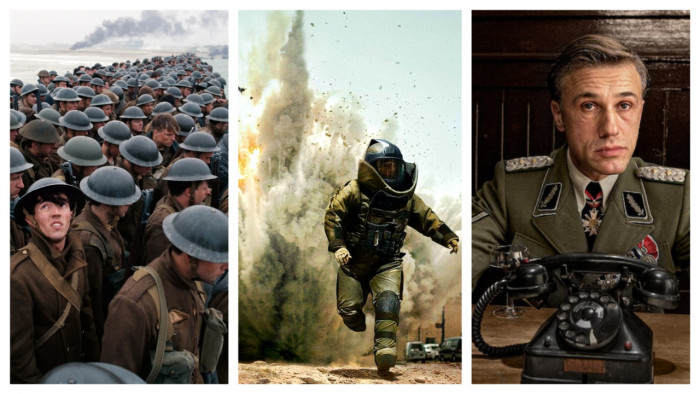
The 10 best war movies of the 21st century



